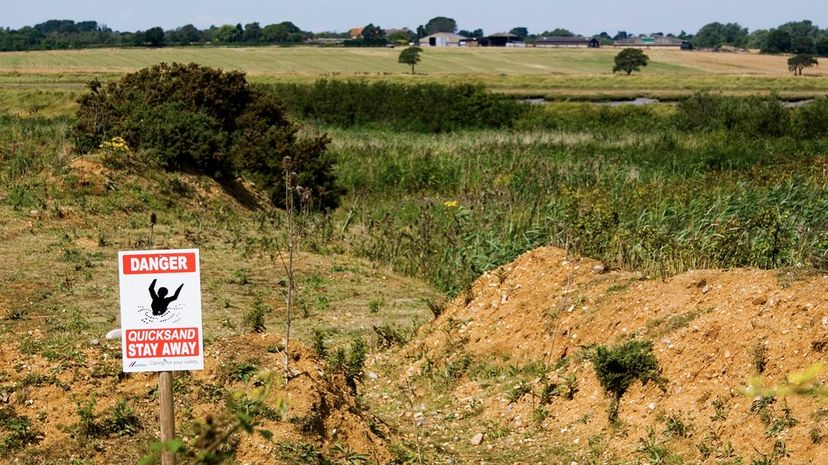But as Bonn told the journal Nature, the biggest danger of quicksand is getting stuck in it on a beach during low tide, and then being drowned when the tide comes in. Back in January 2012, that apparently happened to a 33-year-old British woman visiting the island of Antigua for her father's wedding.
According to an account in the Telegraph, the victim went the beach to watch the sunset, and cried out after becoming stuck in quicksand — but no one heard her. Night fell and the tide rose before rescuers could reach her and she died. "It is frightening how quickly it all happened," the local coroner testified at a hearing, according to the newspaper.
If you get stuck in quicksand along a river or lake, you're in somewhat less dire straits, though you still could succumb to a slower death from thirst or exposure if you remain stuck long enough, or even suffocation if your face becomes submerged depending on your position.
Texas authorities think that may have killed 50-year-old Jose Rey Escobedo, a man who apparently went swimming in the San Antonio River in 2015. Authorities found the man's body three days later, face-down and lodged in quicksand up to the bottom of his buttocks, according to a 2016 Houston Chronicle article. What's more, Jose Rey Escobedo marked the only death from quicksand reported in the state over a five-year-period.
And in 2016 in Florida, a 78-year-old man survived being stuck in quicksand near a creek for eight hours, rescued only after a city vehicle fortuitously passed by and workers heard his cries for help.

